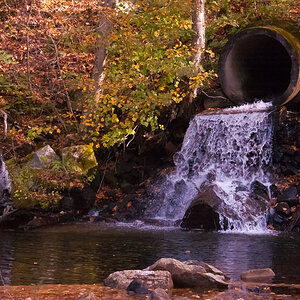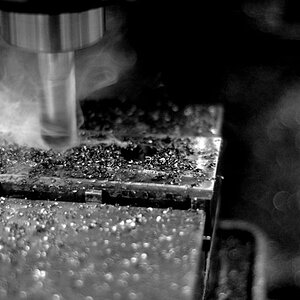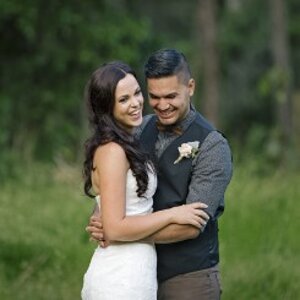niranjan
TPF Noob!
- Joined
- Feb 27, 2011
- Messages
- 18
- Reaction score
- 0
- Location
- Maharashtra
- Can others edit my Photos
- Photos OK to edit
As i have switched to DSLR very recently , i m not getting my Camera work for me as i wish. I have been using the FILM SLR for so many years and the total MANUAL control is what i m used to. Aperture changes directly on the dial and the focus CIRCLE inside lens gives accurate FOCUS every time.
I m little confused with this new concept Autofocus with manual override. I wish to know how the complete MANUAL FOCUS mode is different from AF with manual override. (means why not go totally manual than Override option?)
I m little confused with this new concept Autofocus with manual override. I wish to know how the complete MANUAL FOCUS mode is different from AF with manual override. (means why not go totally manual than Override option?)


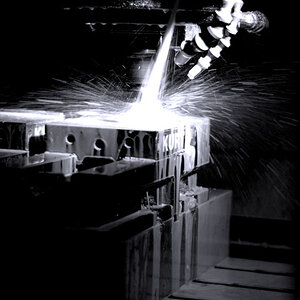

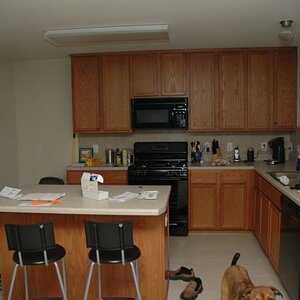

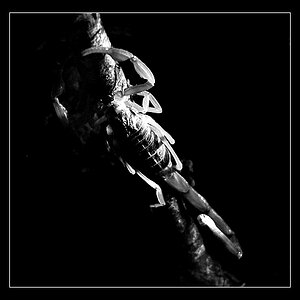
![[No title]](/data/xfmg/thumbnail/35/35263-86f580cf5d28d23109a45984030a79ad.jpg?1619736968)



